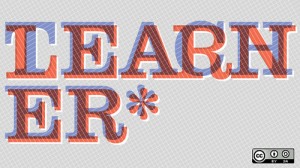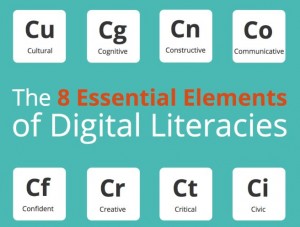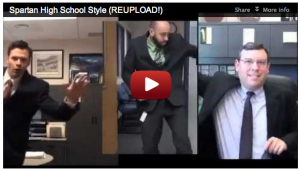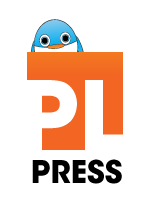When you’re an administrator, you’re forced to take a step back from the majesty that is teaching and those daily, engaging interactions with students. Yes, some admin teach a course or class or small reading group or two, but, let’s face it- it’s not the same.
Last week I had the privilege of teaching my first (and hopefully not my last) educational leadership graduate course for Cabrini College. #edg646 (yes, we have a hashtag now), Technology & Communications for Administrators. I wondered about my students and their backgrounds. How long had they been teaching? Why were they pursuing a principal’s certification and a career in administration? Would they engage in our discussions? Would I overwhelm them with too much technology, too fast, in our compacted 5-day week together (5-7 hours per day!)
Would I lose my mind being away from baby for those long hours, five days in a row?! (I almost did.)
I can say, without a doubt, that my students- and the whole experience- far exceeded my expectations about how the week would go. On our first night together I encouraged them to approach our course with an “open mind.” That I would be sharing ideas, tools, strategies, and skill sets that may seem “out there,” or undoable in this time of highly standardized education.
Before the course began I read some of the other syllabi that adjunct instructors were using with this course. There was no talk of connected learning and leading.
My approach would be different.
I asked my students to Be Curious. Learn. Connect. Share. Reflect.
Our first night together we participated as a class in #edtechchat. I was the guest moderator. In order to do so, I worked at the last minute with the hosting school’s IT director, school principal, neighboring district IT director, and a school board member (it helps to know people) to have Twitter unblocked.
It was that night I realized that it doesn’t matter if you have one device or five hundred available to you and the students. BYOD, BYOT, 1:1, whatever, who cares, if you can’t connect, your learning is limited.
Access matters.
#edtechchat moves quickly. A few watched the conversations unfold using Twubs or Tweetdeck. I was almost certain they’d develop a distaste for Twitter, because I did little in terms of introducing the tool to them. We just jumped right in. It was a little scary. But also a tad bit exhilarating.
They embraced it! They also developed as reflective writers. I included a handful of blogging assignments in the week’s to-dos. Some were initially hesitant to share, but when I asked if anyone objected to me tweeting out their posts, everyone said they were okay with it. They located other educators’ blogs, commented, reflected, and engaged one another in discussion. I’d love for you to read their work and comment if you get the chance. I hope they continue using their blogs to reflect upon their work moving forward. Many have shared that they’re eager to do so. Here they are on Feedly. And here are the individual links:
Chris
Deana
Stephanie
Mike
Josh
Jordan
Ron
Sue
Their final projects made me smile. I was purposely ambiguous in designing the task:
Your project for this course is to share what you have learned about yourself as a leader and the role technology will play in your educational leadership endeavors, as well as how you will continue to explore and learn moving forward in this area.
The students’ creativity really shone through with their submissions. They spoke passionately about what they learned, and most utilized new tools in their publication process. I was almost moved to tears when reading their final course reflections in their last required blog post. I also was humbled to read the kind feedback shared on the course evaluation form I asked them to complete. I was so proud that they embraced the ideals of connected leadership and learning!
I learned a lot last week, and I know I can do better the next time around. I hosted the resources and course outline on a wiki here, if you’re interested in viewing what we discussed. I’m so proud of everything my students accomplished.
Without my network, this course would have been far less meaningful. I appreciate the feedback I received from Jon Becker when I reached out and told him I was teaching this course, and did he have any advice? My students found the experiences shared by our guest speakers, Tom Murray and Joe Mazza, to be a highlight of our week together. I can’t even name all of the blogs, Twitter handles, articles, videos, images, books and other resources shared with my class that I amassed via my interactions with my wonderful PLN. To you I am grateful.
I think, by the end of the week, my students understood the importance of networking as a means by which we develop the relationships that can make our work in schools so powerful.
So, yes. I was “instructor”. I was “facilitator”. I used technology to streamline the process of communicating and publishing information and resources for my class. I served as a “guide on the side.”
But I was also the teacher. And I loved every minute of it.
Photo Credit: opensourceway via Compfight cc











![MPj03415220000[1]](https://lynhilt.com/wp-content/uploads/2012/09/MPj034152200001-300x214.jpg)